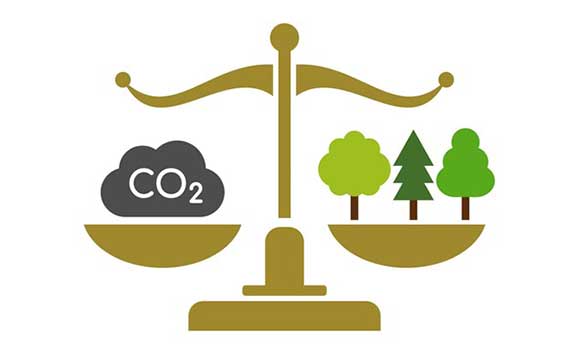An agreement was reached on crucial standards to operationalize a new UN crediting mechanism ahead of COP29. It was in the meetings of UN Climate Change held on the heels of Pre-COP in Baku, on 10 October 2024.
The Article 6.4 Supervisory Body, responsible for creating the UN carbon market under the Paris Agreement, adopted standards for methodologies and greenhouse gas removals. Known as the Paris Agreement Crediting Mechanism, this new UN mechanism is designed to facilitate international collaboration in reducing greenhouse gas emissions and combating climate change.
The standards agreed are seen as essential in making the mechanism fully operational. The Supervisory Body also agreed on recommendations to be reviewed at the upcoming COP29 climate summit.
New approach to COP29 recommendations
The Supervisory Body took a different approach to its recommendations to the Parties to the Paris Agreement (CMA).
To ensure the mechanism can remain agile and adapt to ever-evolving developments in addressing climate change, they adopted the elements requested by the CMA as ‘Supervisory Body standards’ and requested the CMA to endorse this approach and provide any additional guidance.
This allows the Supervisory Body to review and further improve these standards whenever necessary.
Standards adopted
During the five-day meeting, intense discussions focused on two key standards:
- Standard on methodology requirements: Requirements for developing and assessing projects under the Paris Agreement Crediting Mechanism.
- Standard on activities involving removals: Requirements for projects that remove greenhouse gases from the atmosphere.
Both standards are now Supervisory Body documents, meaning they can be updated to keep up with market developments.
These standards will help project developers create and submit methodologies for their projects, to allow them to be registered under the new Paris Agreement Crediting Mechanism.
Maria AlJishi, Chair of the Article 6.4 Supervisory Body said: “These new standards are a key element in our effort to deliver a crediting mechanism that is fit for the future. As the only crediting mechanism directly responsible to Parties and mandated by the Paris Agreement, we are committed to ensuring it balances the needs of achieving the Paris goals, supporting market players, and addressing host country interests.
The adoption of these standards marks a major step forward in enabling a robust, agile carbon market that can continue to evolve.”
Martin Hession, Vice-Chair of the Article 6.4 Supervisory Body said: “Some of the highlights of these standards include the alignment of baselines with Paris Goals through downward adjustment, an additional test that excludes projects that would lead to lock-in of unsustainable levels of emissions, and a shift to cover the risk of reversal for all risks with a buffer pool.
We are also exploring alternative methods to compensate for any reversals, as well as potential upper limits to acceptable risk.
It’s all about getting the balance right — protecting the integrity of the Paris agreement, driving the necessary climate ambition, while balancing the interests of all market stakeholders and host parties.”

